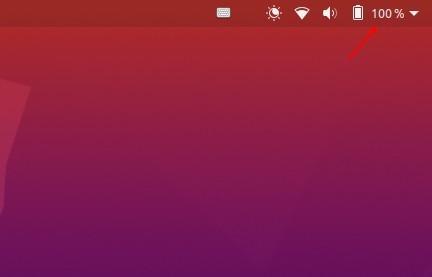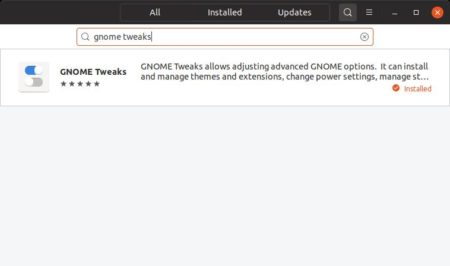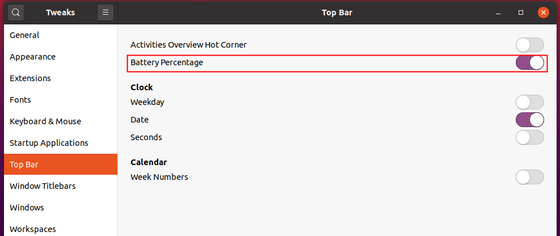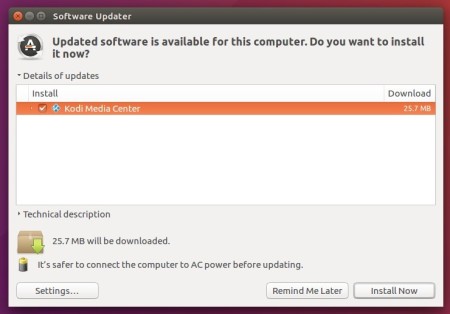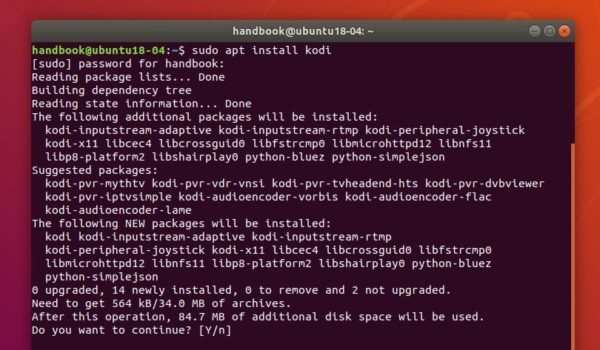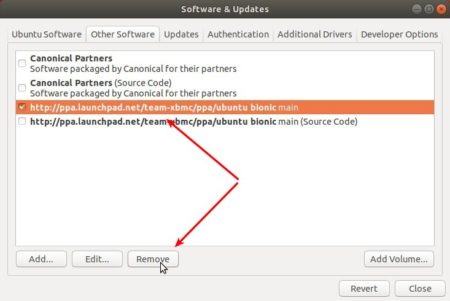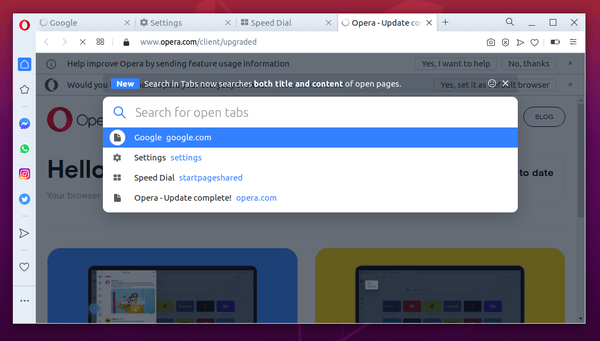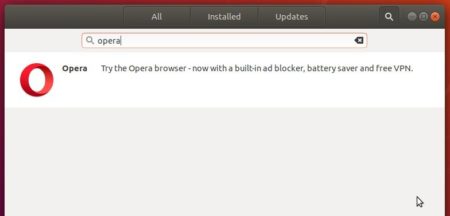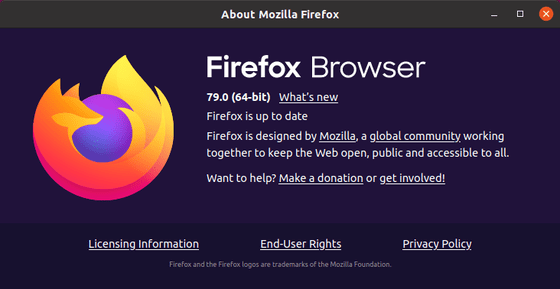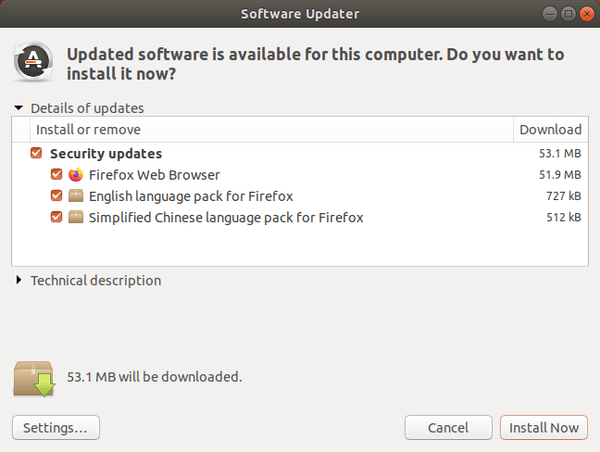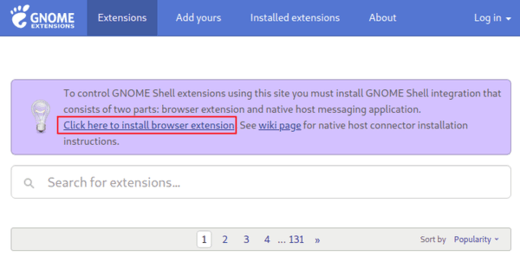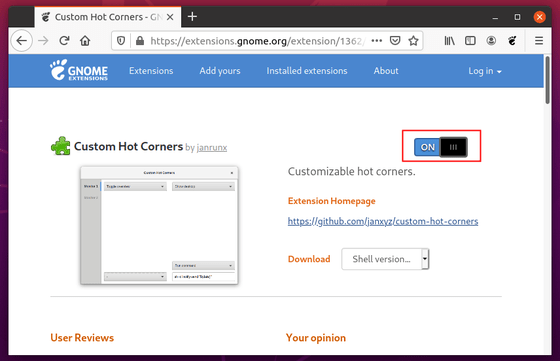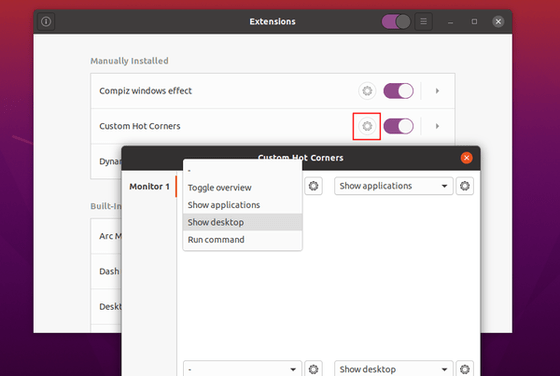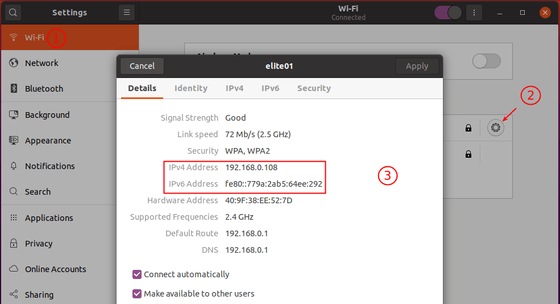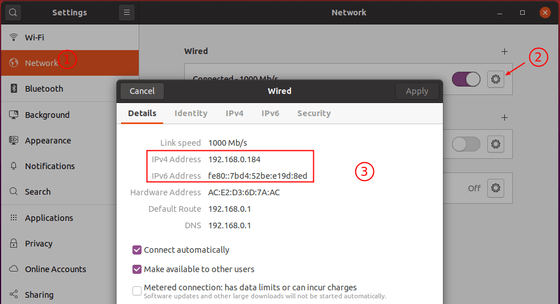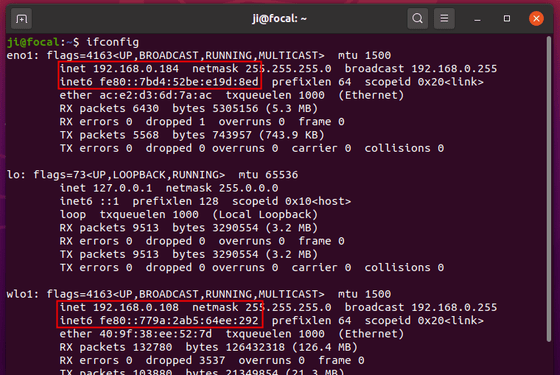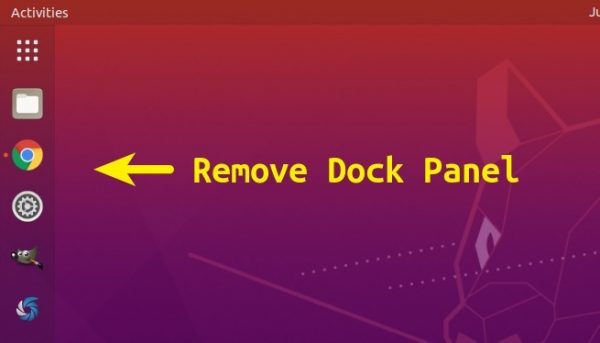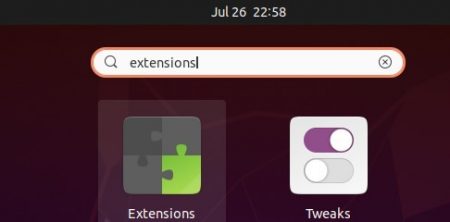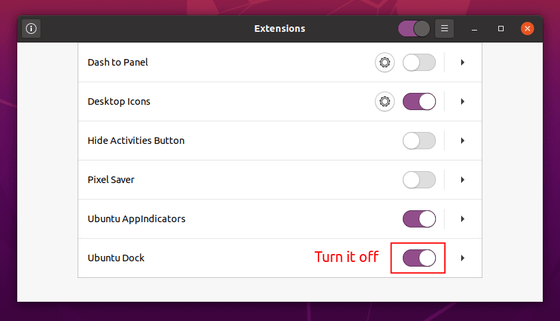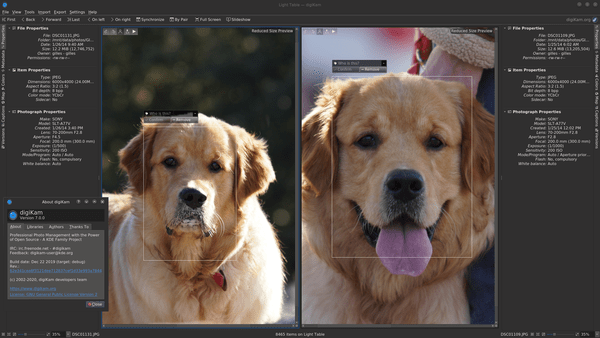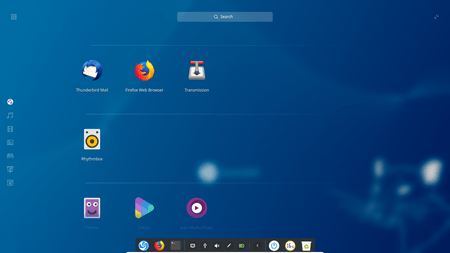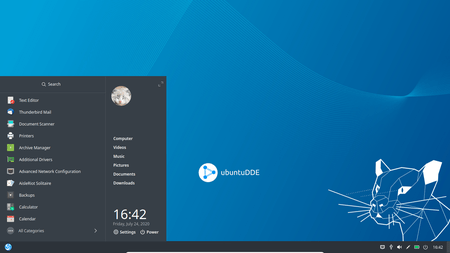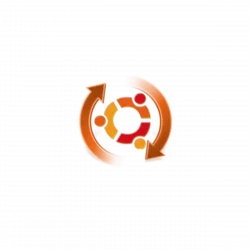![]()
Looking for a desktop magnifier? Besides enabling the built-in screen magnifier, there are a few third-party applications can do the job.
Magnus is a very simple desktop magnifier written in Python 3. It shows the area around the mouse pointer in a separate window magnified two, three, four, or five times. Useful for users who need magnification, whether to help with eyesight or for accurate graphical design or detail work.
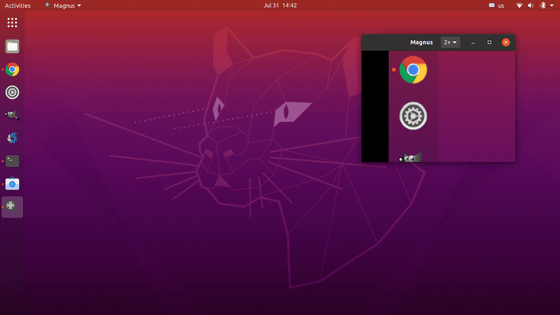
How to Install Magnus in Ubuntu:
Magnus is available as Snap package, it can be directly installed from Ubuntu Software.
For Ubuntu 20.04 and higher, the software is also available in the main apt repository. Simple open terminal (Ctrl+Alt+T) and run command to install it:
sudo apt install magnus
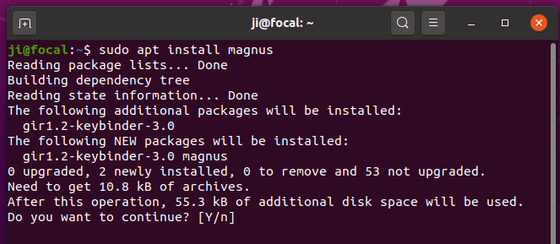
For Ubuntu 18.04, you need to add the PPA repository by running command:
sudo add-apt-repository ppa:flexiondotorg/magnus && sudo apt update
Then run the previous apt install command to install it.
Once installed, launch magnus from system application launcher and enjoy!
Uninstall Magnus:
To remove the software PPA if added, run command in terminal:
sudo add-apt-repository --remove ppa:flexiondotorg/magnus
To remove Magnus, simply run command:
sudo apt remove magnus




